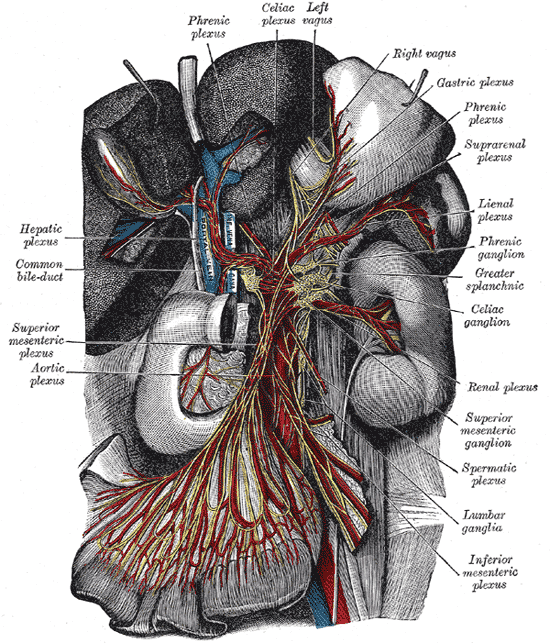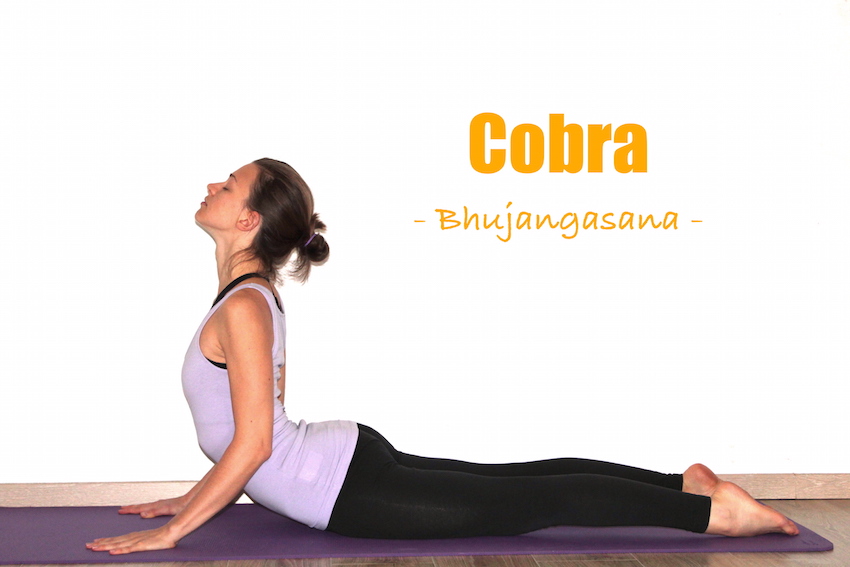YourUniverse
Member
@rei have you done gua sha? It seems to be scraping along muscles and breaking up fascia. May be a faster way to do what unwinding does?
Follow along with the video below to see how to install our site as a web app on your home screen.
Note: This feature may not be available in some browsers.
Click Here if you want to upgrade your account
If you were able to post but cannot do so now, send an email to admin at raypeatforum dot com and include your username and we will fix that right up for you.
I was helping my son gut and skin a dead deer this morning and I noticed how supple and moist appearing the fascia is. It is super strong but not stiff at all. Takes a very sharp knife to slice thru it.
The fascia is what holds everything in its place. Red light and gentle slow encouragements to moisten and activate fascia seems to me the only way to repair it.
Harsh heavy exercise would seem to be irrelevant or harmful after touching a bunch of it today.
Maybe microcurrent and lots of loving pressure daily would work to. But, red light is easiest and most effective on my body anyway
When I was googling "fascia scraper" (not realizing it was gua sha), the fascia blaster came up. Apparently some people are claiming it helps with weight loss...Has anyone used or heard of the fascia blaster?
I got one a few days ago, it's only a small one for the face, but you can also use it on the body. It's a bit sore to use on the thighs, I guess gentle use is better than vigorous when it comes to fascia massage.
No, had not even heard about it or the fascia blaster, which i think is a money grab. A massage stick for that price?@rei have you done gua sha? It seems to be scraping along muscles and breaking up fascia. May be a faster way to do what unwinding does?
View: https://m.youtube.com/watch?v=d1aQCApS1Xw
i ordered a tool I’m going to try on myself. Anybody else doing this kind of thing?
I am so pleased to see your acknowledgement of Anatomy Trains, Jerry Tennant, and the fascia connectivity within our bodies. After years of using the information while ppl were on my table, it was not until I doubled up the signaling capacities (and therefore healing capacities) with high grade botanical esters, that I experienced personally and observed in others, changes that got me excited. I have a 17yr old spinabifida patient paralyzed waist down, who displayed improvements in mental focus documented by his school 5 months into therapies. He received certs in excellence advancing him beyond the Physician-stated 8yrs old level of mental capacity. At 7 months therapies, he bravely engaged in wheelchair basketball and was thrilled to do so. His parents see a burgeoning independence with increased physical capacity, as he declines help for chair/vehicle transfers, and contributes to home life chores, dogfeeding, trash bagging, pickup rooms, laundry. To have such significant changes in 7 months after 17 years of helplessness, the parents are finally hopeful for progression beyond his previous condition.anatomy trains is his "trademark" and you can find videos on youtube with that search term. Not the best but still good.
The bolded part in your quote is very hip and is what i have found to be true, through personal experience and a completely other avenue of theory i had studied previously, the mammalian stress mechanism. Mammalian Stress Mechanism - The Resurrection of Stress Theory
That is probably another topic i should make a thread about as it seems to be completely unknown and ignored even on this forum, even after ray peat, @haidut etc. have talked fondly on the originator of the idea, Hans Selye. Stressmechanism formulation is taking his ideas and finding the final piece to the puzzle from modern research. And this theory directly describes how physical tension is a direct part of how cell systems react to stress.
@rei @akgrrrl i know gua sha is the original but what do you think of the Graston technique?
View: https://m.youtube.com/watch?v=QZaGH6Sn_5I
@rei Do you believe that something as simple as having tight hip flexors could cause baldness. I am just now remembering back to one of my friends 5 years ago who told me he cured his hair loss completely by doing hip flexor stretches. I probably laughed at him back then, but thinking about it now, it could make sense.
Thomas Myers who writes Anatomy Trains, has wrote in detail about The Superficial Front Line which connects the skull all the way to the feet.
View attachment 25606
Pretty much everyone these days is sitting for a big majority of their life. This chronically tightens all muscles in the front of the body, especially hip flexors, and with tight hip flexors comes tight SCM muscles. These people always have a forward head posture, which Thomas Myers says is held in place by the fascia.
We know when the head is pushed forward that is stretches the galea, and when the galea is stretched, blood vessels are compressed impeding blood flow to reach the hair follicle, and also creating local inflammation.
What are your thoughts on this?
Just to make this idea more practical. I see many car accident patients and wonder about the somatic (?fascial) distortions that occur. The sympathetic nervous system is housed largely in upper abdomen just below the diaphragm. When trauma occurs (or even very bad news) there is a tendency to gasp for air and hold the breath which I think may lead to chronic fascial distortion involving the abdomen, sternum, and neck. There are areas called Chapman's Reflexes that I find activated after car accidents. If you first engage the Cranial Rhythm and attempt to bring them to normal healthy rate and rhythm and then recheck the Chapman points they disappear. Then holding soft pressure into the abdomen over the sympathetics you can sense a calming of respiration. Not saying that this will work all the time or what exactly is happening, but clearly there is a somatic problem that can be changed to some degree using the Cranial Rhythm. I suspect this may impact digestion, absorption and metabolism of food as well due to decreased sympathetic reactivity.
I really just started grasping this, but if you look at the anatomy of what is in that area (below is a illustration), the celiac ganglion is there and amazing how large it is. Wiki says it is the largest ganglion of the autonomic nervous system and innervates part of diaphragm and all of the GI tract and ovaries. Must relate to why such an effect.

Very interesting results with Qigong - unfortunately I don't know much about it. Seems similar to Tai Chi. Since we are on this forum, the sympathetic innervation in that area (upper back) does correspond to thyroid at about T2 level. I wonder if increased metabolic function will result from muscle/fascial relaxation of that area if it is tight?
I started seeing a TRE practitioner-in-training, she says the psoas are the muscles that first contract during stress and chronically tight psoas can turn on the fight-flight-freeze system (opposite of rest and digest, thyroid fueled metabolism). The basis of TRE is that all animals tremor their stress off, but adult humans have learned its not "cool" so instead physically hold the stress.@rei Do you believe that something as simple as having tight hip flexors could cause baldness. I am just now remembering back to one of my friends 5 years ago who told me he cured his hair loss completely by doing hip flexor stretches. I probably laughed at him back then, but thinking about it now, it could make sense.
Thomas Myers who writes Anatomy Trains, has wrote in detail about The Superficial Front Line which connects the skull all the way to the feet.
View attachment 25606
Pretty much everyone these days is sitting for a big majority of their life. This chronically tightens all muscles in the front of the body, especially hip flexors, and with tight hip flexors comes tight SCM muscles. These people always have a forward head posture, which Thomas Myers says is held in place by the fascia.
We know when the head is pushed forward that is stretches the galea, and when the galea is stretched, blood vessels are compressed impeding blood flow to reach the hair follicle, and also creating local inflammation.
What are your thoughts on this?
@rei Do you believe that something as simple as having tight hip flexors could cause baldness. I am just now remembering back to one of my friends 5 years ago who told me he cured his hair loss completely by doing hip flexor stretches. I probably laughed at him back then, but thinking about it now, it could make sense.
Thomas Myers who writes Anatomy Trains, has wrote in detail about The Superficial Front Line which connects the skull all the way to the feet.
View attachment 25606
Pretty much everyone these days is sitting for a big majority of their life. This chronically tightens all muscles in the front of the body, especially hip flexors, and with tight hip flexors comes tight SCM muscles. These people always have a forward head posture, which Thomas Myers says is held in place by the fascia.
We know when the head is pushed forward that is stretches the galea, and when the galea is stretched, blood vessels are compressed impeding blood flow to reach the hair follicle, and also creating local inflammation.
What are your thoughts on this?

 yoga-can-do.com
yoga-can-do.com
Let me quote a message i wrote on my profile in response to a thread there.Sorry for quoting again but i wanted to say thanks again for posting these videos, one simple thing i learned from this guy allowed me to yawn for the very first time in years without hearing my tinnitus while doing so ... defenietly will explore this further.
While not directed at me, i still wanted to add that deep hip flexor stretches caused on a couple of occassions my cold ears to become warm and tension in the jaw to reduce immensely (altough only for a short moment). If it can do that i wouldn't be surprised if issues in the posture/fascia can restrict blood/fluid/lymph flow to the scalp/hair follices.
I also noticed immense hair quality improvement when mobilizing the atlas (C1) probably along with the axis (C2) while keeping the vertebra prominens (C7) stable. Tension around the neck and back vanished almost instantly and i felt like fluid (lymphs) moving. This may explain why lying on the floor results in the same thing for me, pressure on the backside of the head and passive hip flexor relaxation (psoas release). I seem to have congestion/blockage right there.
How all of this is interconnected in the web of fascia that relates to our tensigrity idk and im more than certain it is different from person to person. Rei explained it like taking care of layers. The proccess seems to be hard to put in words.
Postural issues or lets say issues with the musculoskeletal system being a potential causation for baldness is not a new theory.
I also stumbled upon this which i found to be very interesting and makes me wonder how much this not only affects fluidity but also our organs and our nervous system.
thanks ben for linking those, the only thing i would like to add is the distinction how the skin is one fascial tensegrity network, and the skeletal and internal organ networks are separate from this. Every thing in the body is supported by a fascial network except maybe the brain. So the tensegrity structure of all these will affect pretty much every function of your body.
www.stressmechanism.com will provide the deep theory of how tension affects tissue function; how chronic tension is enough to cause cancer.
It would seem more logical the back tension lines would be connected to the scalp, but as is true with fascial tensegrity it is often the opposite where the problem lies. Adhesion on left side of body causes perceived pain on the right, etc. So i have no trouble believing such exercise could result in what he described.@rei Do you believe that something as simple as having tight hip flexors could cause baldness. I am just now remembering back to one of my friends 5 years ago who told me he cured his hair loss completely by doing hip flexor stretches. I probably laughed at him back then, but thinking about it now, it could make sense.
Thomas Myers who writes Anatomy Trains, has wrote in detail about The Superficial Front Line which connects the skull all the way to the feet.
View attachment 25606
Pretty much everyone these days is sitting for a big majority of their life. This chronically tightens all muscles in the front of the body, especially hip flexors, and with tight hip flexors comes tight SCM muscles. These people always have a forward head posture, which Thomas Myers says is held in place by the fascia.
We know when the head is pushed forward that is stretches the galea, and when the galea is stretched, blood vessels are compressed impeding blood flow to reach the hair follicle, and also creating local inflammation.
What are your thoughts on this?